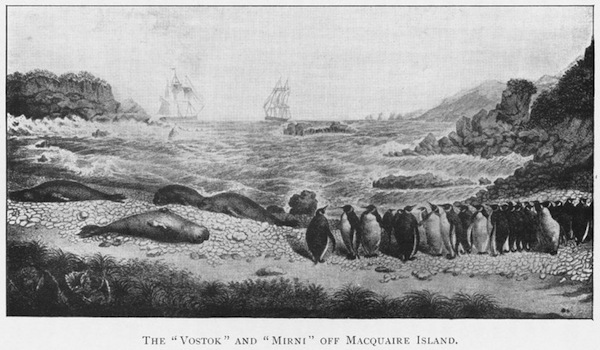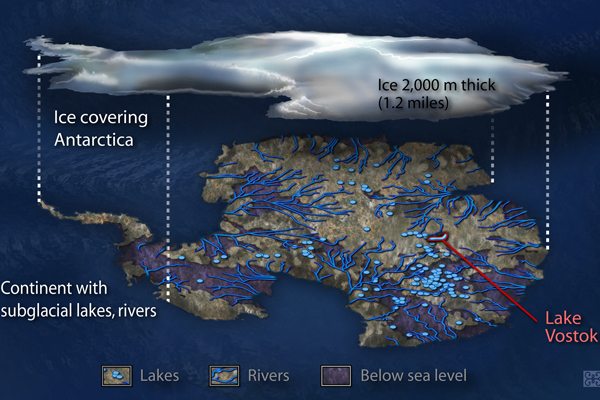Fact of the Day:

Between 1839 – 1843 James Clark Ross a British naval officer led an Antarctic expedition in command of the vessels HMS Erebus and HMS Terror with the aim of finding the magnetic south pole. He and his crew charted much of the coastline of Antarctica. In 1841, James Ross discovered the Ross Sea, Victoria Land, and the volcanoes Mount Erebus and Mount Terror, which were named after the expedition’s…
Fact of the Day:

In 1820, several expeditions claimed to have been the first to have sighted Antarctica, with the very first being the Russian expedition led by Fabian Gottlieb von Bellingshausen and Mikhail Lazarev on 28th January 1820. The first landing is alleged to have taken pace just over a year later when American Captain John Davis, a sealer, and his men were the first recorded humans to have claimed to…
Fact of the Day:

Between 1772-1775 The British exploring expedition led by James Cook was the first to Circumnavigate Antarctica. It was also the first to cross the Antarctic Circle on Jan 17, 1773 reaching 67° 15′ S by 39° 35′ E. Despite his remarkable first circumnavigation of Antarctica, Cook unfortunately did not manage to find the southern continent itself, but came extremely close. It is believed he was…
TCJ EDUCATION NEWSLETTER – SEPTEMBER 2013

Current Location: S72 51′ 13.5″, E023 33′ 50.2″ Welcome back to all the schools subscribed and following The Coldest Journey. First of all, the entire Coldest Journey team are extremely pleased to announce that our Seeing is Believing fundraising total has now passed $1 million. Just a few weeks ago, Sir Ranulph Fiennes, Joanna Lumley and Anton Bowring visited Bangladesh to witness som…
Fact of the Day:

Antarctica today is a cold, inhospitable desert; however, in the more distant past, the climate was much warmer. Abundant finds of fossil leaves and wood point to the existence of extensive forestation in earlier geological periods, even to within a few degrees of latitude of the South Pole itself. Dinosaurs, and later, marsupial mammals once roamed across its surface. Leaves and stems belonging…
The Beast is Purring – by Spencer Smirl

The Beast is Purring – by Spencer Smirl After almost 100 days of hibernating beneath a mountain of snow at temperatures as low as -55C, it is difficult to anticipate a trouble-free start-up of any machine, regardless of how much time, money and effort has been devoted to preparing the equipment for operating in such an extreme environment. On Saturday we began the epic dig.
Fact of the Day:
One of the first recorded canine visitors to the Antarctic was a dog called Sydney, named after the port where he was found by Lt. Charles Wilkes of the United States Exploring Expedition in 1839. It used to be common practice to bring dogs on expeditions to Antarctica but now they are banned from the continent. This ban was put in place because of concern that dogs might introduce diseases suc…
Fact of the Day:

Lake Vostok or озеро Восток Russian for “Lake East” is the largest of Antarctica’s almost 400 known subglacial lakes at 143 miles (230 km) long, 31 miles (50 km) wide and as much as 500 meters (1,600 feet) deep. Lake Vostok is located beneath Russia’s Vostok Station under the surface of the central East Antarctic Ice Sheet. The lake is named after Vostok Station. Scientists believ…
Fact of the Day: What is the Antarctic convergence?

What is the Antarctic convergence? The Antarctic Convergence, also known as the Antarctic Polar Front marks the true outer edge of Antarctica. It is a circumpolar strip of sea around the southern most reaches of the Atlantic, Indian and Pacific oceans varying between about 45° and 60° South. It’s exact position is somewhat variable, but it is a very real and permanent feature. The surfac…
- Newer Posts
- Page 2 of 4
- Older Posts
